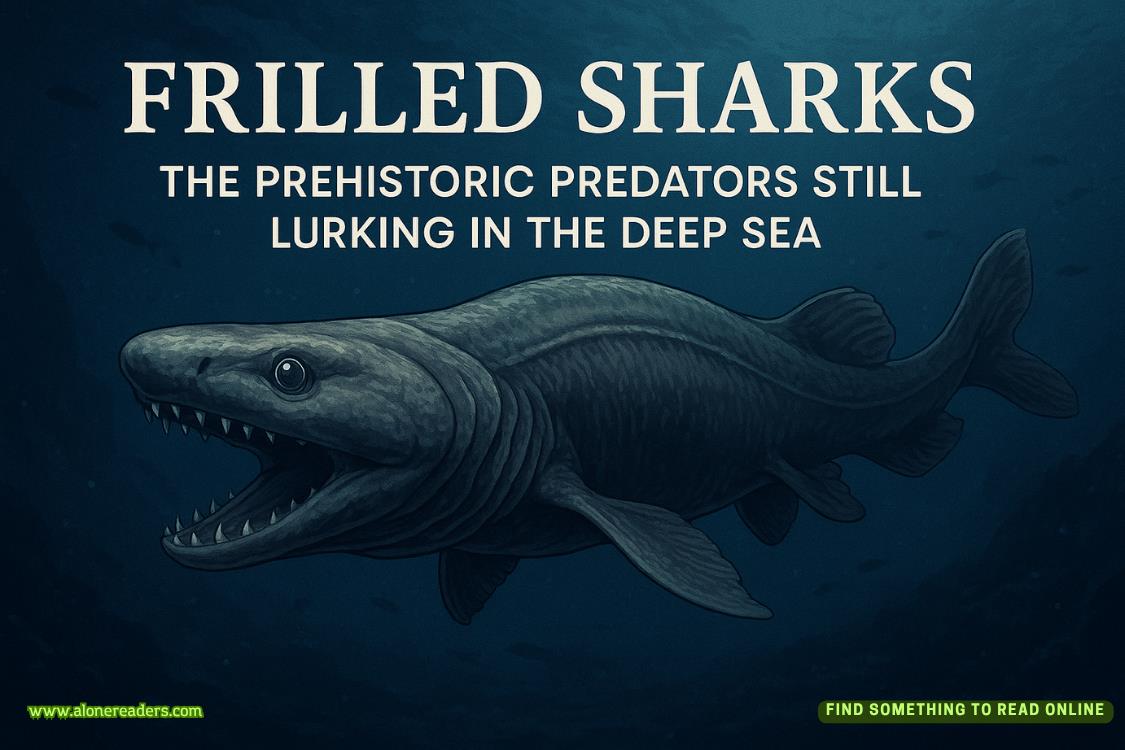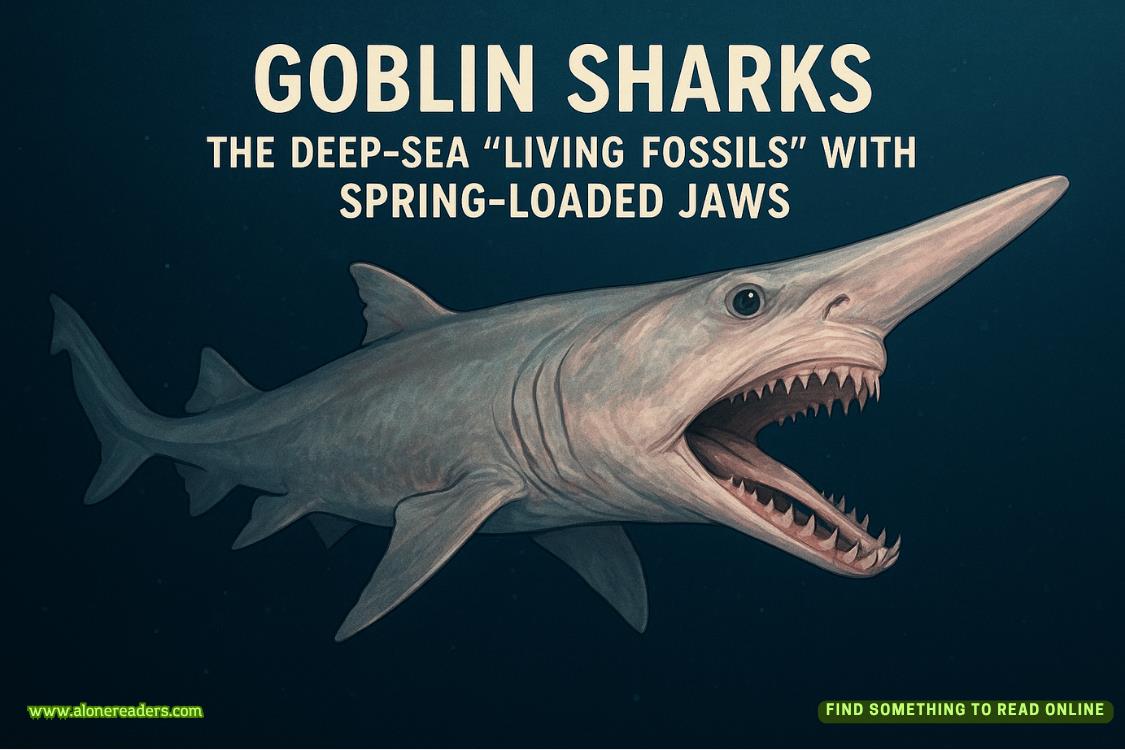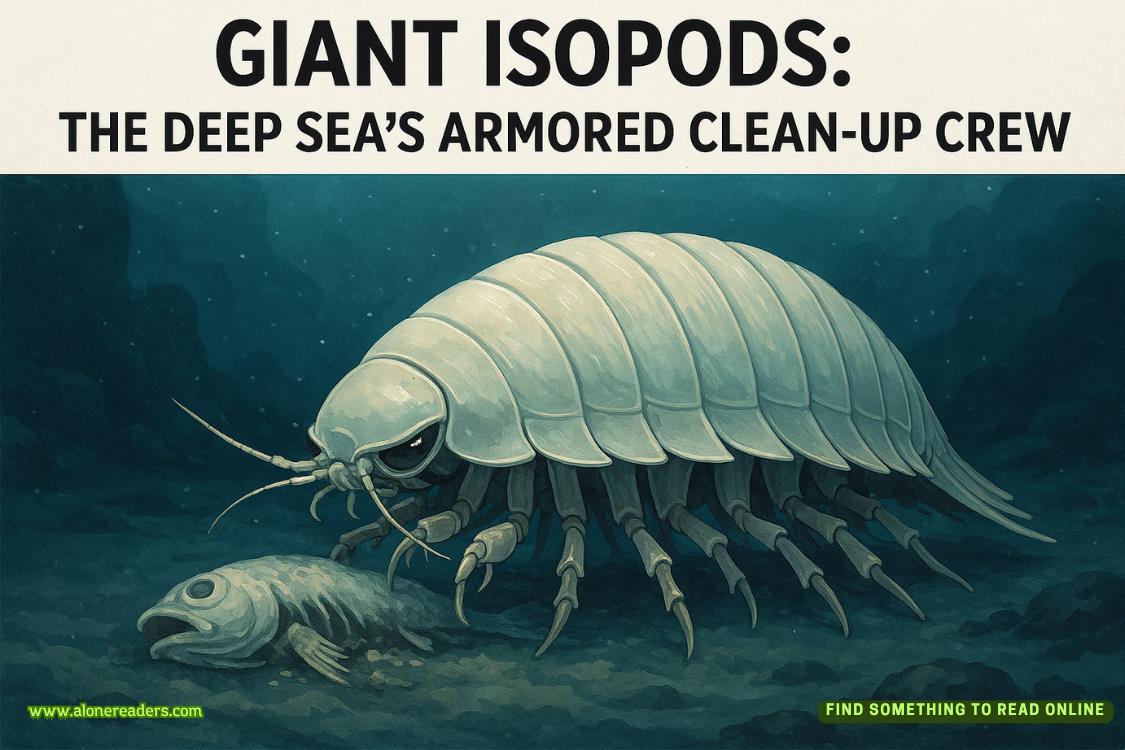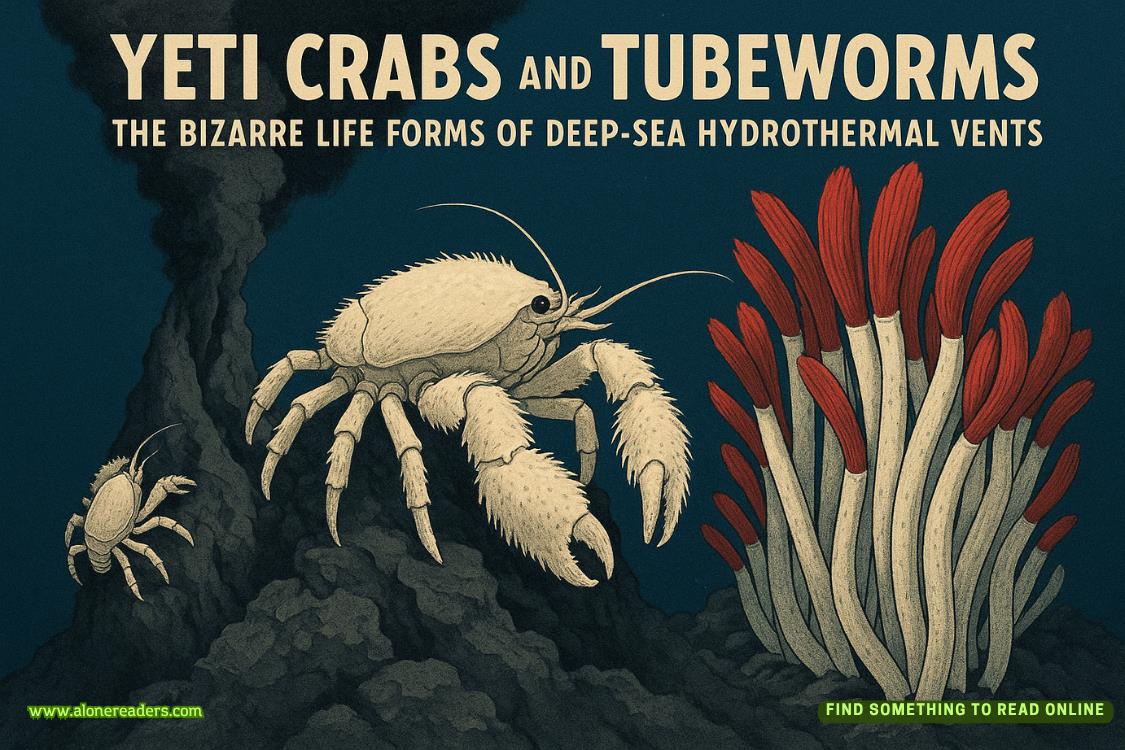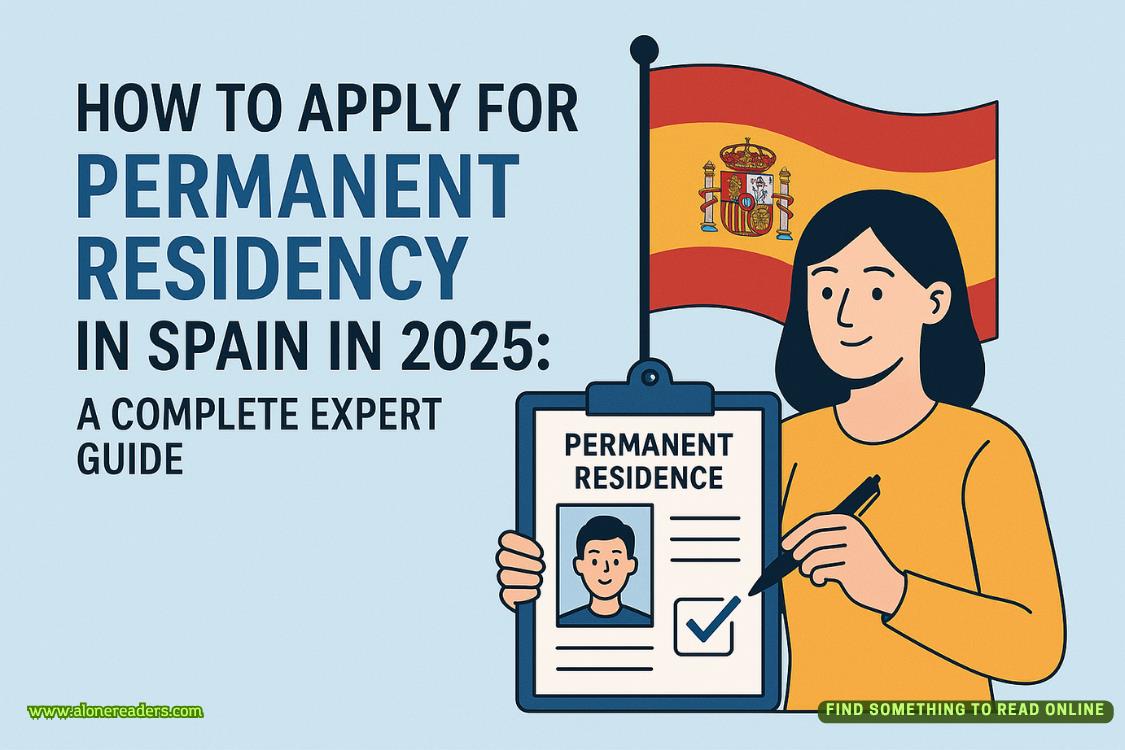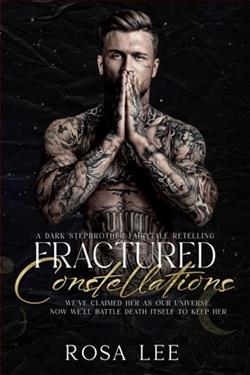Page 98 of Fated
Even when he’s not real, not here, I still feel him next to me.
But it isn’t just him. It’s the island and all the people there too.
Walking past the guard desk at the front door of Production, I see Frederic has a baby shop pulled up on his computer screen. I stop, struck by the white slatted cot with blue cotton sheets and a matching rocking chair. Frederic flushes and clicks it closed. But I only lean close and say, “Can I see the crib, please?” And so I scroll through, reading about the cot and rocker and picturing Junie rocking her baby to sleep. How will she get a cot? A rocking chair? Nappies? A pram? Is there some way I might be able to help her?
I leave Frederic, distracted, and then get caught up in the blue of the mountains reflecting the sky—the same exact blue of the sea flashing over the seashore.
I’m caught off-guard by the perfume of the orchids on someone’s desk, drifting subtly with tropical smells.
The heat of the sun falling through my office window onto my shoulders. The scratch of pen across paper. The rub of the silk lining of my wool skirt. All of it brings me back to the island. Back to Aaron. To the moment when his thumb brushed over my lips and he rasped, “Tell me you feel it too.”
I feel it.
Even here I feel it.
Which is why, by the time I’m tucking Mila into bed, I’ve decided I won’t be dreaming tonight.
It’s taking over my life. It’s becoming too real.
“Mummy,” Mila says, her nose and eyes peeking out from beneath her pink duvet. She’s buried in stuffies—bears, rabbits, kittens, and dogs.
“Yes?” I drop a kiss to her freckled nose.
“Did you see my painting? The one of my poem?” She looks at me with expectant eyes. “I tacked it to my board.”
“I was wondering where it got off to,” I say as I wander across her room to peer at her cork art board.
Mila’s room is down the hallway from mine, and when I was little it was my bedroom. She decorated it two years ago to match her own personality. There are frosting-pink walls, yards of lace, and twinkle lights mixed with framed concept art of Abry watches, advert posters from decades ago, black-and-white photographs of our old headquarters—a pure mix of fanciful and practical that perfectly suits her.
I stop in front of her art board and scan the marker drawings and watercolors to find the poem painting she created at camp today.
“It’s at the top,” she says, peeking out from her duvet.
I smile at her and then turn back to the board. At the top edge is the painting.
I still, my breath caught in my throat.
Mila painted the water. It isn’t the water of Lake Geneva though. It’s the turquoise water you’d find rushing over the hot white sand of a tropical island. There are pink seashells, bright yellow and red flowers, and palm trees swaying in the wind. A yellow shovel and a red bucket rest in the sand.
The poem is written in Mila’s childlike cursive.
My heart jerks in my chest, thudding against the walls.
It feels as if Aaron will walk past one of the trees if I just wait one more moment, Sean in his arms, and they’ll sit down in the sand and build a sandcastle. Amy will perch on a hammock in the shade and read Robert Louis Stevenson.
Because this is his poem, isn’t it?
Yet Aaron and Sean and Amy are there too.
Mila painted it so vividly, so beautifully, that I can smell the salt, feel the prickle of heat.
And I know that I can’t not dream. I can’t not go back.
My dream may be crashing over my real life like a storm wave crashing over the beach, but I can’t turn away.
I have to tell Amy another poem, don’t I?
I have to help Maranda at the fish market.
